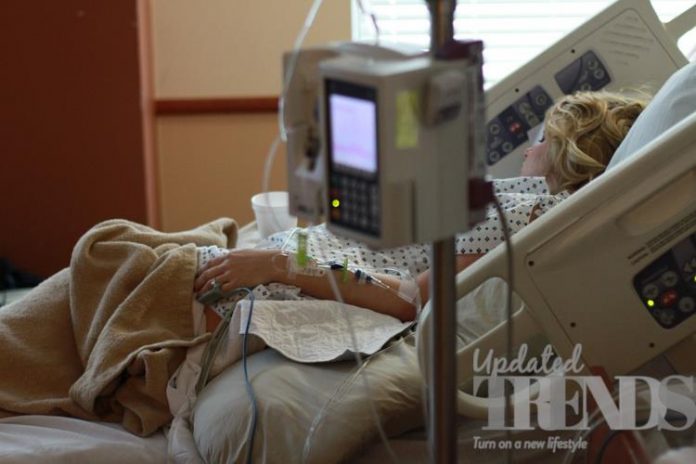Spending the holidays in the hospital can be the most unpleasant experience. A new research has found that patients who are discharged from the hospital during the holiday season have a higher risk of readmission of even death. The study has been published by the BMJ medical journal that found that people tend to be discharged more quickly during this time of the year so that they can be at home with their families.
At the same time the research has also argued that reduced staffing and lack of follow-ups can also be a reason. Some of the earlier studies have found that patients admitted to the hospital on Fridays or during the weekends can face a higher risk of death when compared to the patients admitted at the weekdays. It is also known as the weekend effect and the experts say that the phenomenon might be due to various factors like the decreased level of staffing, less experienced staff and delays in testing. The exact cause has not been proven so far.
So far little research exists looking at the potential effects of the December holiday season on the basis of patient outcomes. More than 200,000 cases of adults and children who were discharged from the hospitals in Ontario, were analyzed by researchers from Canada between the period of 2002 and 2016. The data was compared to more than 450,000 cases of patients who were discharged during the two periods in November and January.
The analysis showed that people who were discharged during the December holiday time had a higher risk of death of readmission within the next 7, 14 and 30 days. Moreover, people who were discharged during the holidays were 39 percent less likely to have a follow-up appointment within a week and perhaps letting the problem worsen. The researchers specifically found that for every 100,000 patients there were 26 more deaths along with 188 additional re-hospitalizations and 483 extra visits to an emergency department.
Photo Credits: Pixabay











